Active Community
After nearly 60 years of development, the region has formed a dynamic ASEAN economic community of 700 million people in the context of rapid changes in the global economy with 3 basic trends.
First, it can be said that despite increasing global economic pressures, ASEAN is still a region with a fast-growing economy with a GDP growth rate of about 5-6%. Over the past decade, intra-ASEAN trade has reached about 750 billion USD, accounting for over 20% of the region's total trade. With a total trade turnover of more than 3,000 billion USD, ASEAN has become the fourth largest trade region in the world, after the EU, China and the US. Total FDI inflows into ASEAN have increased from 108 billion USD in 2010 to nearly 200 billion USD, making ASEAN the third largest recipient of FDI in the world, after the US and China. ASEAN also has countries in the top of the world's most productive and competitive countries.
Second, the increasingly important geopolitical position of the South China Sea in the context of the shift in global supply chains has affirmed ASEAN's central position in the economic integration of the Indo-Pacific region (Regional Comprehensive Economic Partnership - RCEP and Indo-Pacific Economic Framework - IPEF). Currently, ASEAN in regional integration has proactively and effectively managed common challenges such as economic crisis, climate change, conflicts, epidemics and natural disasters... Third, there are two emerging trends in the region that will shape the future of ASEAN integration and community building efforts, the most prominent of which are digital transformation (ASEAN's digital economy is expected to reach 1,000 billion USD by 2030) and the urgent need to consider sustainability (biological environment and growing development disparities between countries). Both are on the agenda of ASEAN economic integration. A whole-of-community approach is necessary given the cross-cutting nature of these important issues.
Development direction
In Vietnam, with the policy of promoting bilateral diplomacy and raising the level of multilateral diplomacy, the 13th National Party Congress Document affirmed Vietnam's proactive participation and promotion of its role in multilateral mechanisms, especially ASEAN and the United Nations...
In that process, Vietnam has now become Vice President of the United Nations General Assembly. Besides close cooperation with the Northeast Asia region, Vietnam has become an active member of the friendly ASEAN region. ASEAN is also a major trade partner of Vietnam, after the markets of China, the US, and South Korea. In recent years, Vietnam's exports to ASEAN have strongly shifted from agricultural, aquatic and mineral products to processed and high-tech industrial products...
The 4.0 industrial revolution is taking place strongly, the advantage of abundant labor resources and cheap labor is gradually losing its advantage. Instead, the new resources for growth are labor productivity and quality, creativity and science and technology potential. Although Vietnam's average labor productivity growth rate in the 2011-2020 period reached an average of 5.4% per year, higher than the average growth rate of Malaysia, Singapore, Thailand, the Philippines, Indonesia and South Korea, labor productivity is still low, in 2022 it will only be 12.2% of Singapore's productivity, 63.9% of Thailand's, 94.2% of the Philippines', 24.4% of South Korea's, and 58.9% of China's. This is perhaps one of the biggest challenges affecting Vietnam's sustainable and everlasting development.
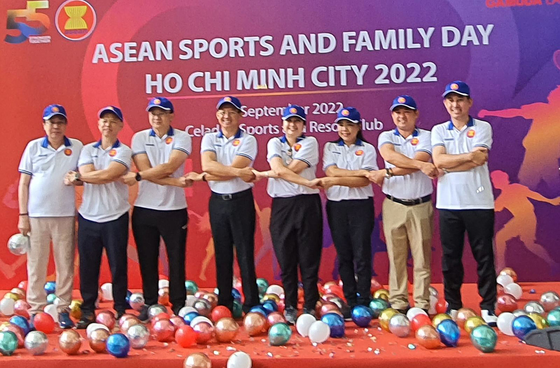 |
Consuls General of ASEAN countries in Ho Chi Minh City and leaders of Ho Chi Minh City Department of Foreign Affairs at ASEAN Family and Sports Day 2022. Photo: THUY VU |
According to economic strategists, improving labor productivity and having a national competitive advantage will bring sustainable prosperity. To successfully implement the State's policies in the positive trends of the ASEAN region towards a long-lasting and prosperous country, it is necessary to research and implement 4 important contents: integration vision, government, business and building a sustainable culture, supporting and promoting innovation.
Specifically, prioritizing the development of friendship and economic cooperation with neighboring countries in Northeast Asia and ASEAN, clearly identifying this as the foundation of the country's sustainable integration policy and the basis for the strong and comprehensive development of the country's bilateral and multilateral international economic cooperation strategies. In that process, it is necessary to proactively coordinate with ASEAN countries to build and perfect active cooperation institutions (laws, COC codes of conduct, etc.) with ASEAN's expanded strategic partners such as ASEAN - China, ASEAN - India, ASEAN - US, etc., as well as regional cooperation initiative programs such as RCEP, IPEF, etc., ensuring the principles of openness, equality and win-win for the participating parties.
To do this, the Government plays an important role in developing a national business environment that is competitive and fair before the law, encouraging investment, promoting innovation and research and development by businesses so that businesses can both gain competitive advantages and upgrade those advantages. It is necessary to determine the country's position in production factors, such as skilled labor or infrastructure, necessary to compete in a given industry. Thereby, identifying industries that have the potential to make breakthroughs and spread in the Vietnamese market economy such as: agriculture, logistics, energy, marine economy and high technology, etc.
In addition, there are many benefits to businesses from business collaboration and the selective use of alliances. At the simplest level, it can be a way to save costs and avoid duplication of effort. Competition contributes to the good functioning of markets. In the long run, competition leads to increased productivity, ensuring that the economy remains competitive and supporting sustainable economic growth.
Strategically, businesses need to firmly establish their local market share, gradually expanding regionally and internationally in line with the country’s international economic integration programs. Finally, a culture of solidarity and equal cooperation helps facilitate the formation of a culture of innovation. Building a culture of creativity and innovation is a process that requires time, patience and significant resources. Therefore, if we want to strongly develop innovation, we need to build a culture that is economically, environmentally and socially sustainable, and at the same time adaptable to innovation in a rapidly changing global context.
By identifying and implementing the above contents well, Vietnam will certainly contribute to the active development of the ASEAN community towards the post-2025 vision, effectively contributing to prosperity and social progress for the region and the world.
Source








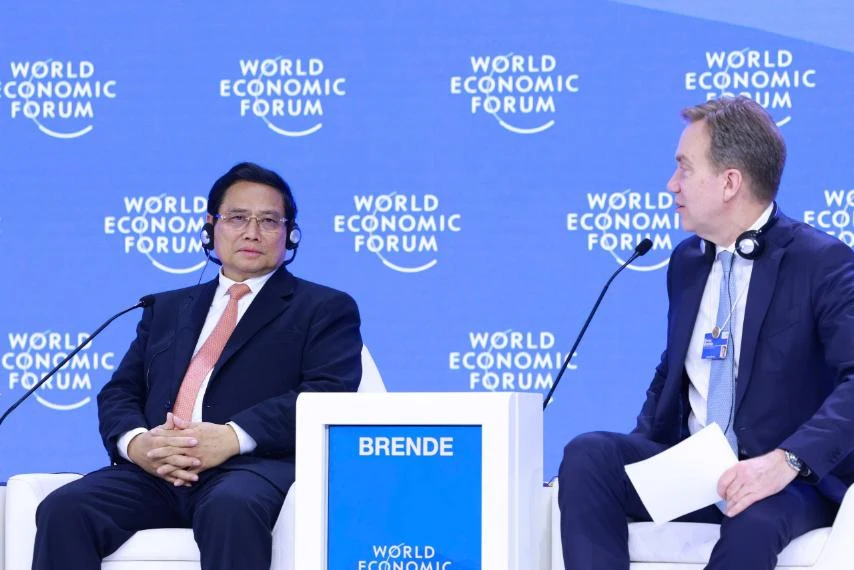

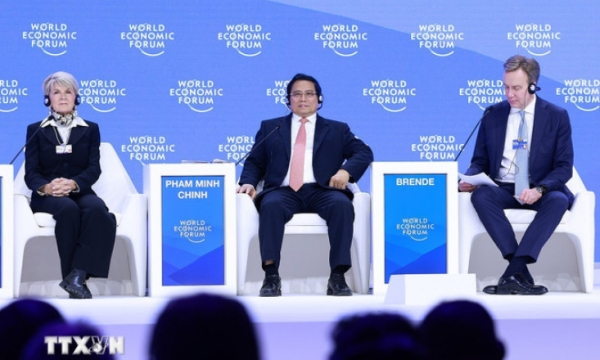

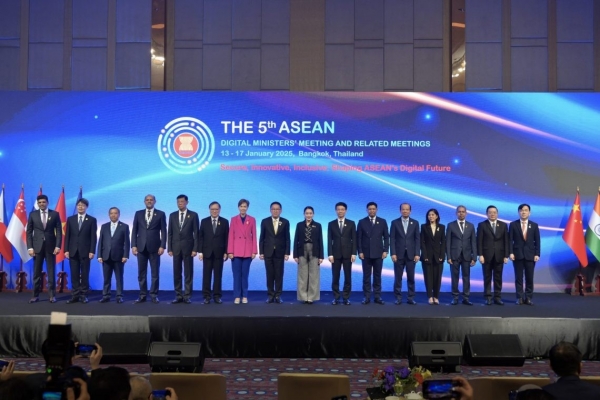

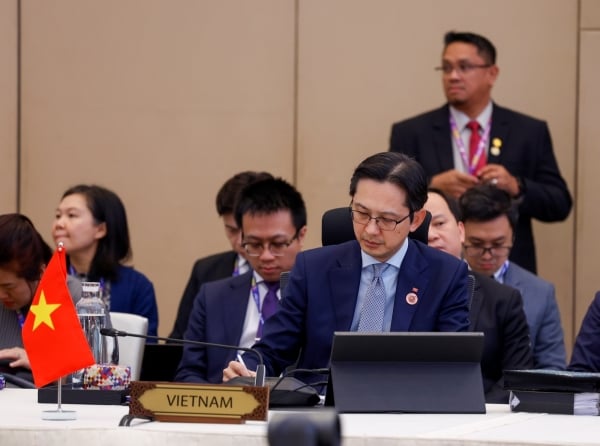


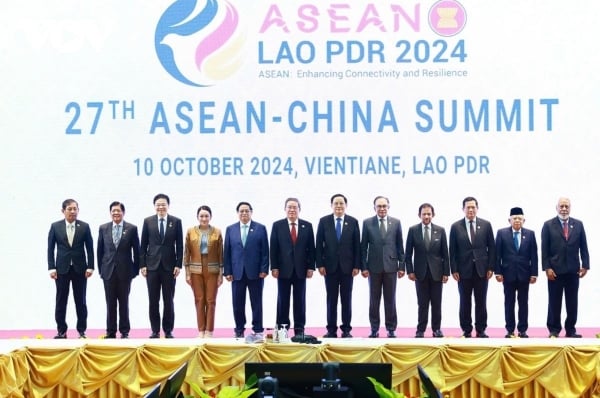







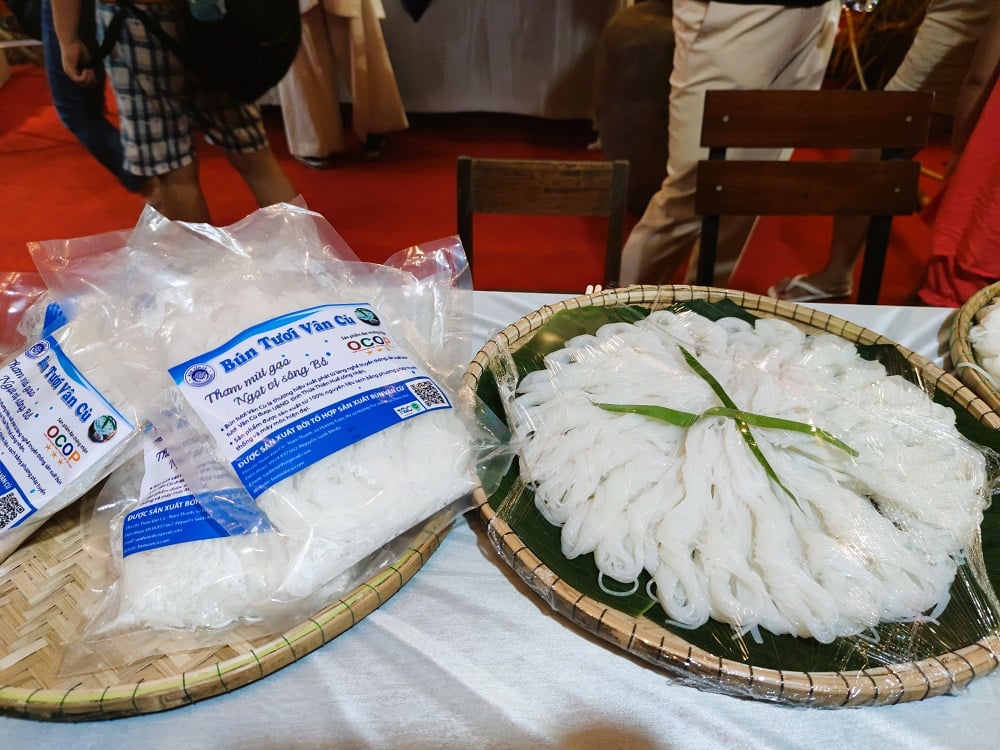

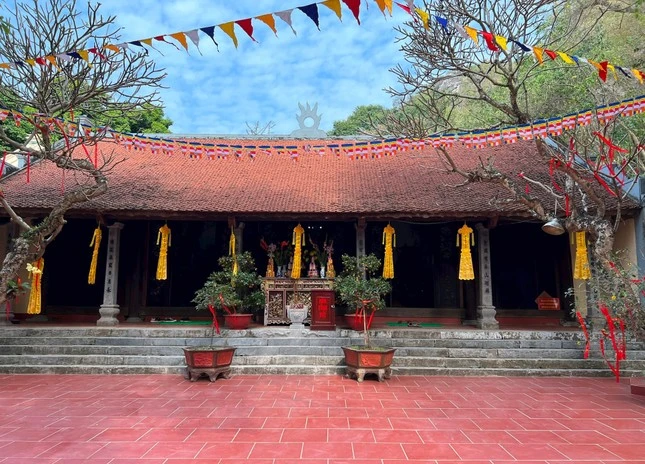
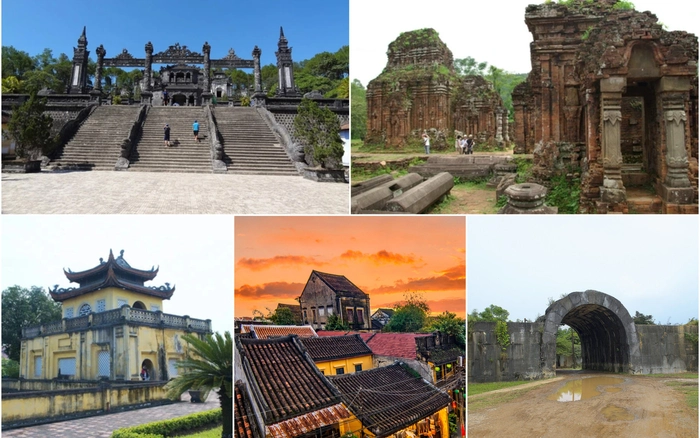
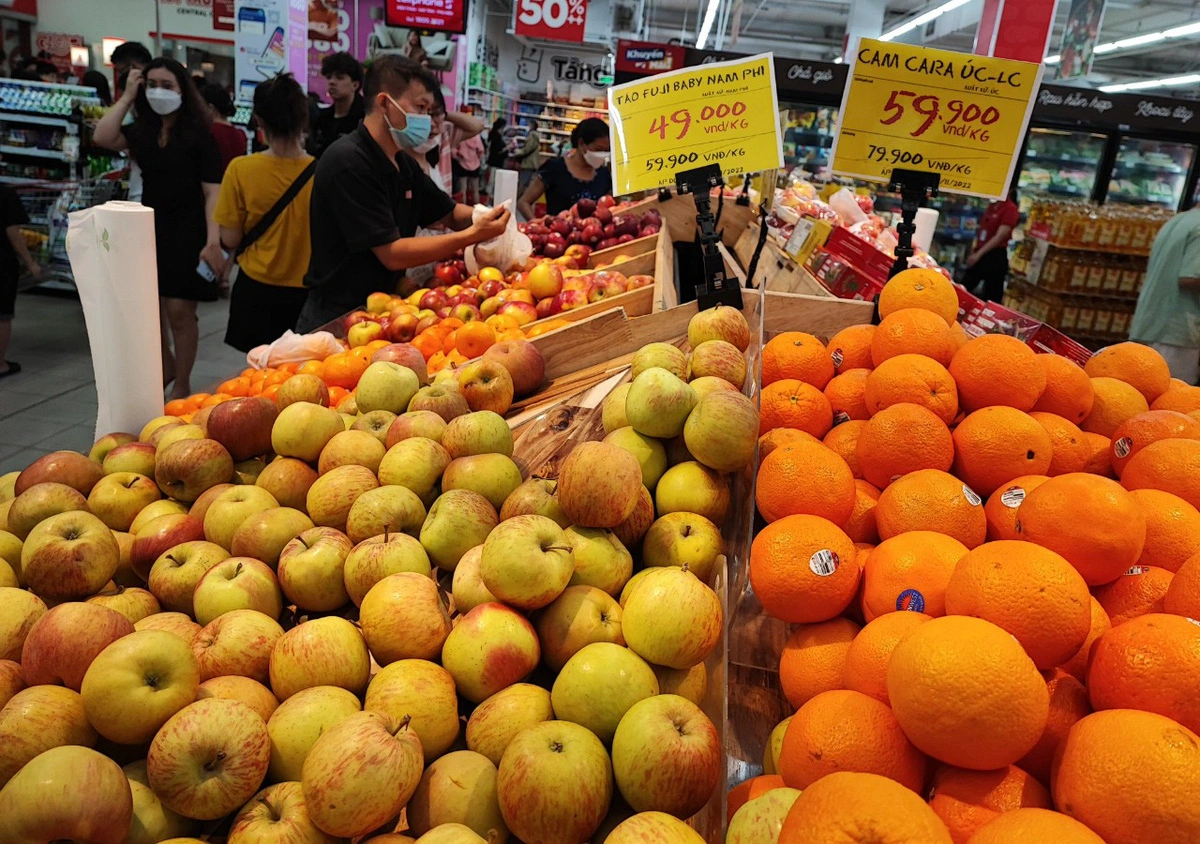












Comment (0)